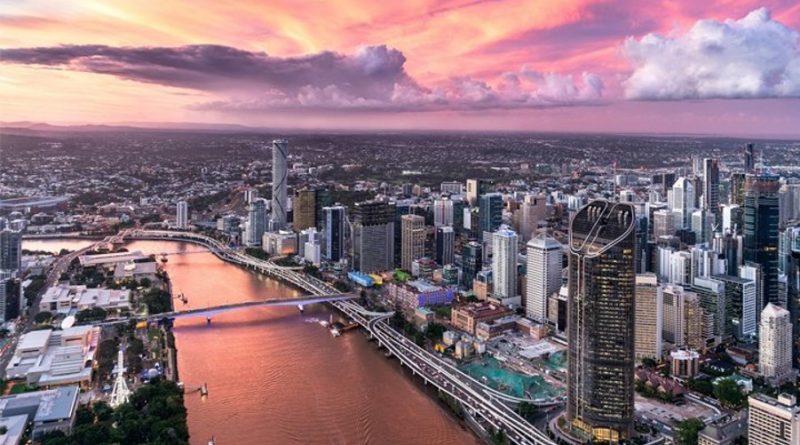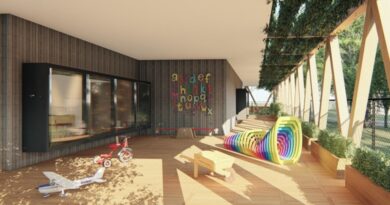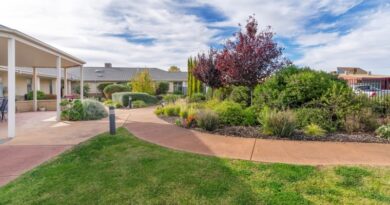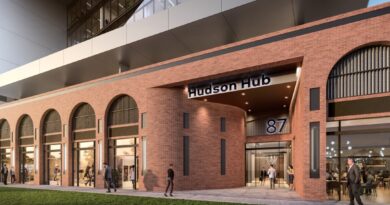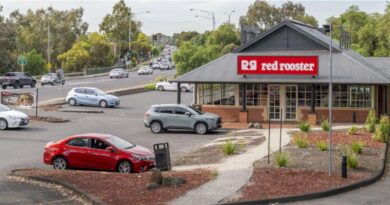Office vacancy hits highest rate since 1996
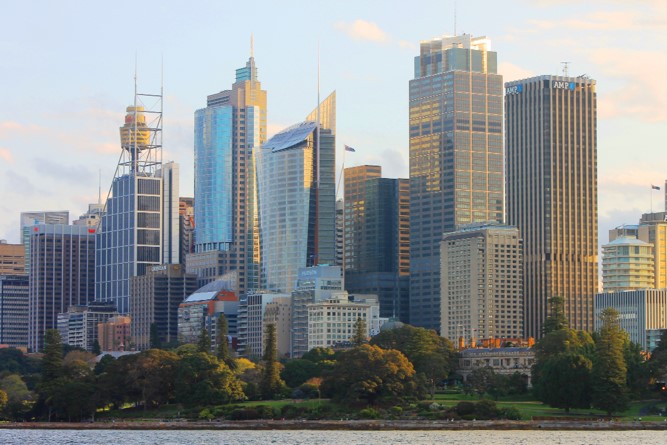
The office vacancy rate across Australia’s 18 key markets has increased since January to 11.9 per cent – the highest since 1996.
Cities are faring a little better than metropolitan areas – 11.2pc vs 13.6pc (up from 11.1pc and 13.4pc six months ago).
Secondary grade occupancy is lower than Prime (Premium and A-grade) in all CBD markets other than Melbourne.
The statistics are compiled in the bi-annual Property Council of Australia Office Market Report, released today.
West Perth remains the country’s worst performing segment in regard to tenure – nearly a fifth of its commercial workplaces are empty.
It is followed by Perth CBD, North Sydney, St Kilda Road, Brisbane fringe, Adelaide CBD, Southbank, Chatswood and Crows Nest/St Leonards, which all have vacancy rates of over 15pc.
Parramatta recorded the greatest spike as a percentage – though its occupancy level is still relatively healthy (c90pc).
Only four regions recorded single digit vacancy rates – East Melbourne (just over 4pc, making it the country’s best performing market using this measure), followed by Canberra, Sydney and Macquarie Park.
The overall office vacancy rate was 11.7pc in January.
Sydney CBD
In the Sydney CBD, the office vacancy rate increased from 8.6pc to 9.2pc in the six months to July, 2021.
Tenants took up more Premium and B-grade stock than they quit.
On an overall basis, supply went up 1.9pc while 0.7pc of stock was withdrawn.
Substantial new product is set to come online over the next 18 months including, in order of timing, 575 George Street (18,100 sqm), 255 George St (19,000 sqm), 50 Bridge St (75,033 sqm), 180 George St (55,207 sqm) and 33 Alfred St (31,000 sqm).
Of supply to be added by the end of 2023, 49.1pc is committed.
“A partial shift to remote work and the transformation of workplace design and space utilisation is driving decision-making for many firms,” Cushman & Wakefield’s head of Office Leasing, Tim Molchanoff said.
“The average deal size for the first half of 2021 was 430 sqm, and up to 500 sqm requirements have also represented half of enquiry numbers,” he added.
“Irrespective of size, we are seeing a flight to quality with fitted out space highly sought after.
“In the year to date, the level of space requirements that have come to market is almost double what we saw in the same period in 2020.
“Sub lease space is also down around 20pc since the height in November last year, and despite current setbacks, strong fundamentals suggest the worst is behind us,” according to the agent.
Melbourne CBD
Melbourne’s CBD office vacancy rate surged to double digits – 10.4pc – in the six months to July, 2021.
In January the rate was 8.2pc.
At the start of 2019, the Victorian capital was the country’s best performer using this measure – with only 3.2pc of stock sitting empty.
According to the PCA nearly 97,000 sqm additional stock was left empty in the past six months.
Sublease vacancy almost doubled.
The situation is about to get worse with a wave of new supply set to hit the market, predominantly over the next six months, including 405 Bourke St (66,000 sqm), 1000 La Trobe St (33,000 sqm) and 100 Queen St (30,353 sqm).
Another 38,993 sqm will be added when 750 Collins St is completed in late 2022.
Factoring in smaller projects, nearly 400,000 sqm of supply will be added to the stocklist within three years; 41.1pc of which is pre-committed.
The PCA figures do not include Lendlease’s recently announced 699 Collins St – which will deliver 70,000 sqm in 2024.
A quarter of that office space (17,500 sqm) is pre-committed to Medibank which will quit Cbus’ nearby 720 Bourke St.
“The number of enquiries against 1H 2020 has increased by 40pc, with 74pc of that from tenants seeking less than 1,000sqm,” CBRE head of Office Leasing, Victoria, Ashley Buller said.
“Interestingly, while the proportion of enquiries from parties seeking 1,000 sqm – 1,999 sqm has fallen, those seeking 2,000 sqm-plus accounted for the same percentage as in H1 2020,” he added.
“More than 140,000 sqm of 1,000 sqm-plus leases have been completed in the CBD since the start of the year,” according to the executive.
“This is a significant improvement on last year, and demonstrates larger tenants are back in the market and finalising lease commitments”.
Brisbane CBD
Occupancy levels in the Brisbane CBD were effectively unchanged – with 13.5pc empty compared to 13.6pc in January.
Tenants concentrated on B-grade product where 9000 sqm was filled.
Premium and C-grade stock recorded vacancy rises – each just over 4000 sqm.
Two major office projects will be added to the stocklist in the next 12 months – 155 Charlotte St (44,000 sqm) and 80 Ann St (58,449 sqm).
Nearly two thirds of new supply due by the end of 2023 is committed.
The Brisbane CBD has seen notable activity within the sub 500sqm market with a significant increase in enquiry and general activity in this space.
“A-Grade continues to be the most active sector with continued take-up of quality fitted tenancies,” Savills’ Queensland state director David Howson said.
“Challenges still remain in the larger end of the market with work-from-home remaining a hot topic,” he added (story continues below).
“The 2032 Olympics should add a good spring to the step of the market – subject to vaccination success and post the current lockdown pandemic”.
Perth CBD
Of the 18 markets the PCA monitors, Perth’s CBD was the strongest performer – with vacancy falling to 16.8pc from 19.9pc six months ago.
Withdrawal of stock was a key reason the rate went down – 2.5pc was removed from the stocklist since January.
Occupancy is now at its highest in six years.
Three major buildings will be added to the stocklist before the middle of next year: 98 Mounts Bay Rd (25,200 sqm), 168-170 St Georges Terrace (12,500 sqm) and 905 Hay St (13,200 sqm).
Factoring in several smaller workplaces, supply will rise by about 100,000 sqm by the end of 2023.
Only 28.6pc of this is committed.
“The Perth office market has had a positive six months, with significant vacancy falls and genuine tenant demand, with many businesses expanding based on the buoyant mining sector,” CBRE Perth director Andrew Denny said.
“Project space requirements have returned to the market for the first time since 2012,” he added.
“Sublease availability is minimal at 35,000sqm, representing just 1.9pc of the total CBD stock, and fell for the first time since March 2020 during Q2,” according to the executive.
“Major past trends such as the flight to centre and flight to quality are still evident, with the former contrary to the widespread commentary on the demise of the CBD.
“However, like most major cities, Perth is experiencing trends of working from home and major corporate hesitancy.
“Moving forward, we expect buoyant economic conditions to continue to drive positive tenant demand.
“This will enable the market to absorb the modest new supply coming online in the next two years, with vacancy rates expected to fall until 2024, when significant backfill space will enter the market,” the agent said.
Adelaide CBD
Adelaide recorded positive net absorption for the past six months – on an overall basis, tenants took negligibly more space than they quit.
Consequently, its vacancy rate fell from 16pc to 15.7pc.
Unless demand increases however, the rate will spike again with two major projects coming on line in the first half of next year: Festival Plaza (43,636 sqm) and 73-85 Pirie St (30,000 sqm).
Less than a quarter of upcoming supply (22.9pc) is committed.
Canberra CBD
Canberra’s vacancy level has fallen substantially over the past six months – from 10.1pc to 7.7pc – its lowest rate since January, 2009.
The city added just 0.1pc of supply while 1.1pc of office stock was withdrawn.
Between now and the end of next year, three offices will be added to the stocklist: Majura Park Stage 2 (23,000 sqm), 6 Brindabella Circuit (20,296 sqm) and 68-72 Northbourne Avenue (32,000 sqm).
Factoring in smaller workplaces – Canberra’s market will grow 120,000 sqm by 2023.
About 38.4pc of this is committed.
“The availability of high quality, new generation office space continues to tighten and, excluding 108 Wakefield St, this portion of the Prime market is under 1pc vacant, with no new space coming online for the foreseeable future,” CBRE director, Office Leasing, Andrew Bahr said.
“The secondary market in the sub-250 sqm size range is continuing to perform strongly, particularly when owners are offering speculatively fitted out office suites,” he added.
“Requirements for fitted suites under 250 sqm represented some 50pc of enquiries in Q2 2021 and this is leading many landlords to increase the number of speculative office suites on offer,” according to the executive.
“Despite all of this, and with an eye to 2023/2024, rental and incentive levels have remained steady.
“One would expect incentives to begin decreasing give the lack of high quality space available but with the pending influx of both new and backfill space in two years’ time, owners are positioning themselves to secure tenants now to avoid a vacancy exposure in coming years”.
Non CBD
Outside of the cities, Brisbane’s fringe, the Gold Coast and West Perth performed relatively solidly – all reporting positive net absorption (space added less space taken).
St Kilda Road was the worst performer – even after factoring in the space tenants took, some 8000 sqm of stock was left.
Parramatta, Southbank, Chatswood and East Melbourne followed – each having over 5000 sqm of vacant space more than in January.
“The Gold Coast market has performed strongly over the past six months, and we remain optimistic about the medium-to-long term outcomes,” CBRE senior director, Office Leasing, Tania Moore, said.
“Like most regional markets, the Gold Coast has been underpinned by the resilience of SME occupiers that have been back at work at full capacity for the past 12 months,” she added.
“This back-to-work response resulted in the early reactivation of business centres, supporting overall business confidence, which is reflected in the reduction in vacancy,” according to the executive.
“Over the past six months, two sectors have performed strongly; demand in fitted, sub-200 sqm options driven by the SME sector, and the above-average transactional volume of 1,000 sqm-plus deals, which has predominantly occurred in the Robina precinct within fully-fitted and furnished call-centre-style spaces.
“New supply additions totalling 31,000 sqm are currently under construction and due for completion from early-2022 to mid-2023. Of this, 72pc is being delivered outside of the traditional office sub-markets and predominantly north of the Southport CBD, which will result in the continued suburbanisation of the Gold Coast office market.
“The new supply in the traditional office sub-markets, totalling 8,620sqm, is fully pre-committed”.
Subscribe to our newsletter at the bottom of this page.

